Bird Flu in US Cows Risks Impact on Food Supply and Human Health!
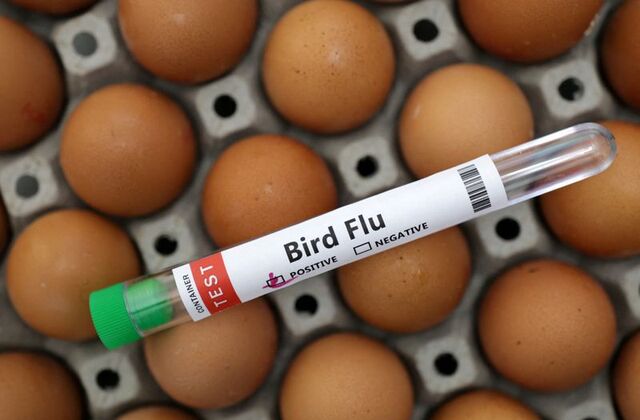
United States: Currently, contagious infection of the avian flu virus strain dominates and has been spreading from poultry farms for the past two years.
For the very first time last month, a high rise of infection cases in more than 20 US dairy herds of cows has been noted across eight states. It alerted health alarm for public health authorities, which swiftly worked to contain the spread among humans, as well as the likely impact on the food supply chain.
Infection cases in humans
A second first-of-a-kind case of bird flu in a dairy worker from Texas was reported in the US. However, hundreds of such cases have been seen across the world over a period of 20 years, out of which most were proved fatal.
Therefore, the cattle industry is seemingly trying to maintain its distance from the bird flu news cycle. It is done in order to avoid the idea of disease’s ability to contract the humans.
However, animal husbandry is one of the two drivers of zoonotic diseases, where the rising demand for meat, dairy, and eggs is linked on a global scale. Therefore, the human disease risk might be putting us at an ever-greater risk of new outbreaks.
New York University environmental scientist Matthew Hayek has coined a concept in his 2022 paper, “Infectious disease trap,” to explain the above-talked-about reason.
Animal farming needs to be taken care of – Experts
According to experts, there is a need for enormous places for farm animals, which consume a tremendous amount of acres compared with the area that is needed for plant-based products, as vox.com reported.
Animal farming occupies more than a third of the planet’s fertile surface, and lands are cleared for animal agriculture at a record pace, resulting in deforestation, which is taking place at the fastest rate in the world. This further results in more human-harvest animals along with the wildlife animals’ contact with wild animals being a major source of transmissible diseases.
Moreover, animal agriculture’s land area, which is known to be one of the greatest contributors to deforestation, can be decreased by a great extent through intensification (which involves compacting animal farming into confined spaces in a factory-farming system), and hence, helps to cut down meat’s climate footprint.
The raising of these animals on an industrial scale is, however, oppressive, and it not only raises the risk of zoonotic diseases but also facilitates the rapid transmission of viral infection through so-called factory farms crammed with millions of stressed, genetically identical animals.
Future of bird flu in cows

It’s not even known how bird flu has found the spillage of a consistent path in dairy herds placed between the limits as far afield as Michigan and New Mexico.
A hypothetical explanation is that the illness hitched a ride with many cows being hauled throughout the nation in the same exact way a human disease moves with people.
Spectacularly, for the last few years, big dairy farms have been drawn together piggyback in one factory; transporting cows over long distances has been very usual, according to Reynolds, who is a professor at Western University’s vet school.
More about the suffering of dairy farming
Transportation over a long distance inflicts terrible suffering on farmed animals because they are usually regarded as more like bags of cargo than as sentient beings.
Besides, it’s also a characteristic of disease-promoting susceptibility in animal agriculture systems, as highlighted in the infectious disease trap model, that allows outbreaks in the newly discovered region.
Moreover, at least 18 states have been involved in the restriction of cow imports from states that collected dairy cows that have bird-positive cease.
Cross-country trucks represent a bio-security concern, and the dairy industry is aware of this. They are therefore making efforts to increase bio-security on these trips across the country.
In the meantime, the authorities are trying to determine the source of disease by tracking any possible spread condition but various experts are continuously campaigning for more stringent measures to require a broad scale testing.
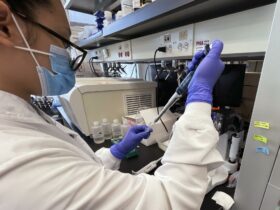
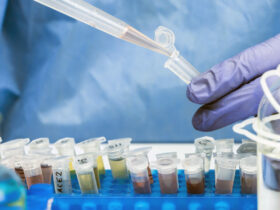
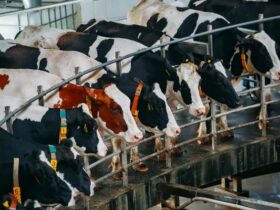


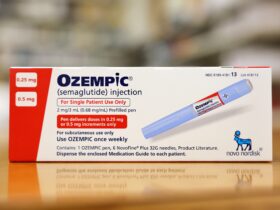
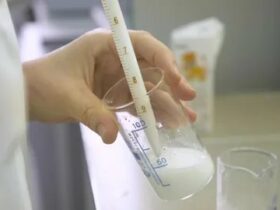

Leave a Reply